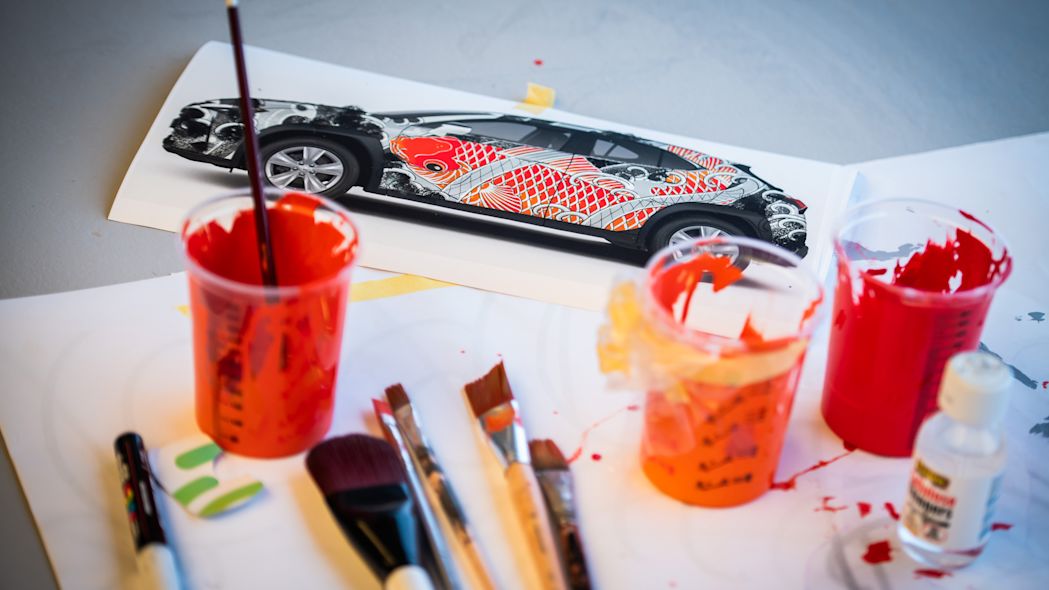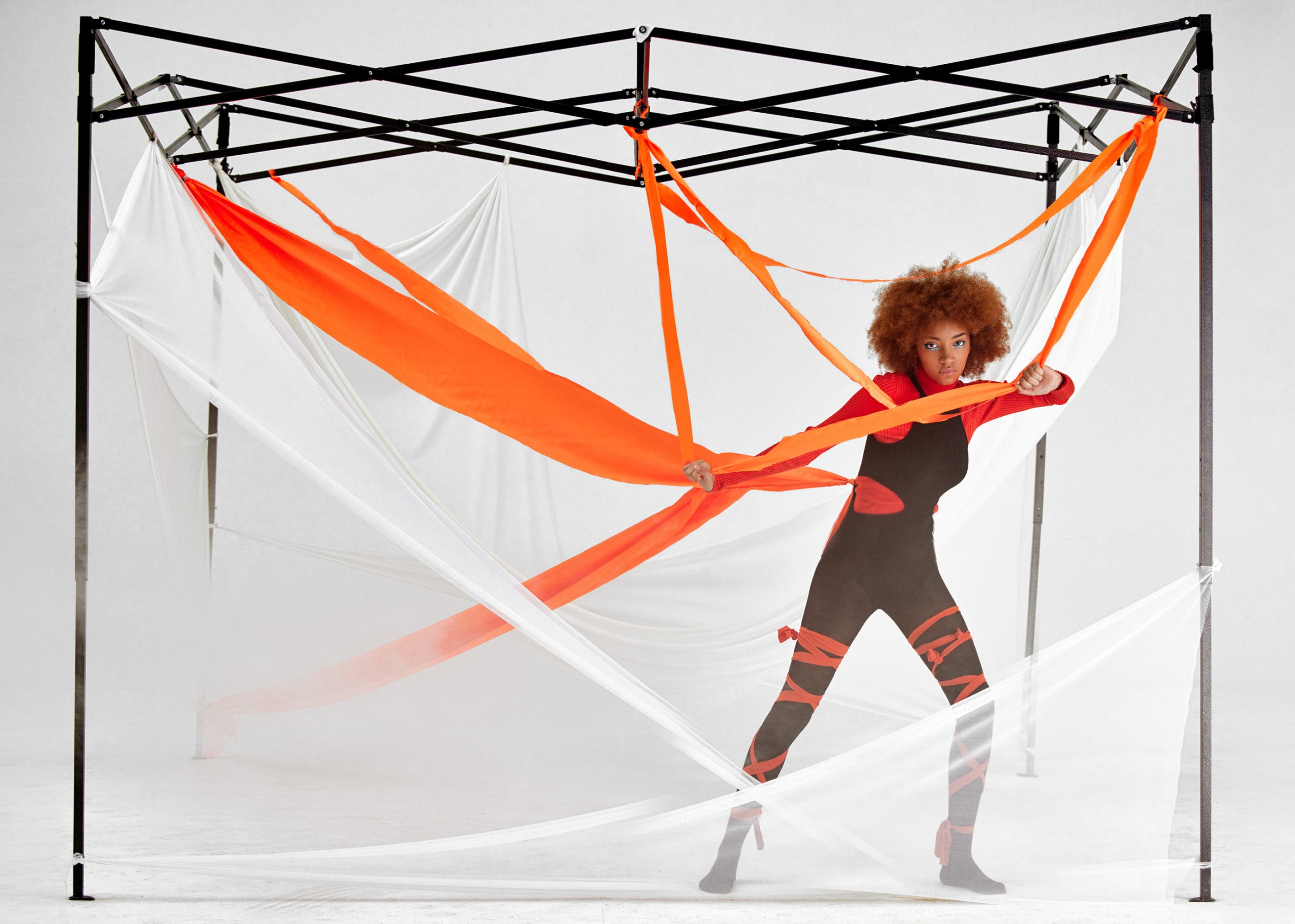LEXUS UNVEILS THE WORLD’S FIRST TATTOOED CAR
In a celebration of fine craftsmanship and traditional Japanese artistry, Lexus has commissioned the world’s first tattooed car. This strictly one-of-a-kind interpretation of the UX compact SUV has been designed and created by leading London tattoo artist Claudia De Sabe.
Using a pure white car as her “canvas” and a Dremel drill tool in place of a fine tattooing needle, Claudia produced a sweeping design featuring koi carp along the entire length of the vehicle. The koi is a motif familiar from traditional Japanese art, representing qualities of good fortune and perseverance.
Lexus has created a short film which goes behind the scenes to reveal how the tattooed car was made. It can be viewed here: Tattooed Car – how it was done.

Claudia used the Dremel tool to drill away the surface paint and expose the metal underneath to create the complex pattern, and then applied five litres of high-quality car paint by hand to bring out the details. As a finishing touch, she used gold leaf to create highlights and give the design a stronger 3D effect, before the whole vehicle was given a protective lacquer coating so that it can be driven on the road.
The process took six months to complete from the initial drawings, with the “tattooing” accomplished over five eight-hour days of intensive work. It was physically demanding, with the vibration of the drill and working with an object that, unlike a human customer, couldn’t be moved into a comfortable position as the design progressed. Where any small slips in a human tattoo can quite easily be worked or coloured into the pattern, the “engraving” with the drill required absolute precision.

The tattooed UX doesn’t have a price tag, but it’s estimated the bespoke work would cost upwards of £120,000.
It was the first time Claudia had applied her skills to metal rather than human skin and she found both similarities and new challenges in the unique commission.
The project stands as a tribute to the takumi craftsmanship that is applied to every Lexus, witnessed in design details and flawless finishes achieved with human skills perfected through years of dedicated training. Similarly, Lexus embraces traditional Japanese aesthetics in its vehicle designs, in elements such as the UX’s washi paper-grain cabin trims and the seamless merging of the interior and exterior through the front screen, echoing the engawa architectural features of Japanese homes.











